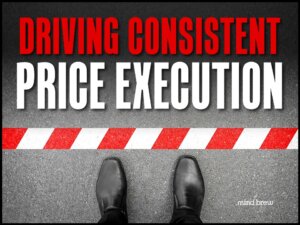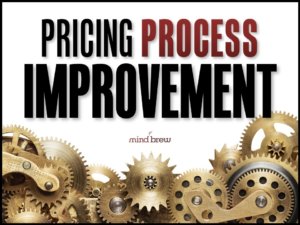Since ancient times, humans have sought ways to synchronize their activities. By 1500 BC, the Egyptians and Chinese civilizations used sundials and water clocks to mark time. By the seventh century AD, medieval monks used bells to call for prayer at synchronized intervals. As time passed, the need for accuracy grew, and by the 13th century, mechanical clocks were in cathedrals, ringing hourly to keep towns synchronized.
These systems worked well until transcontinental railroads emerged, introducing the need for broader coordination. Time zones were born, and telegraphs were used to transmit synchronized time. Fast forward to the 1970s, ARPANET—the early precursor to the Internet—needed a more precise way to keep computers in sync. Enter David Mills and the Network Time Protocol (NTP), a system still in use today to keep computers aligned within milliseconds of universal time.
We rarely think about it, but NTP supports almost every aspect of modern life—phone calls, financial transactions, cloud computing, video games, conference calls, email, air traffic control, and more. Without this synchronization, much of modern life would grind to a halt.
B2B Pricing: Aligning Value and Profitability
In the world of B2B, pricing plays a role similar to NTP—bringing order, consistency, and structure to an otherwise chaotic landscape. Pricing teams are the sync point that ensures everyone—from sales to finance to operations—is aligned with the business’s financial strategy.
Without this synchronization, just like the misalignment of clocks in pre-time zone railroads, things can go off track. One region might offer discounts far greater than another, leading to internal friction and customer confusion. Sales teams might quote deals that erode margin, while finance pushes for higher profitability. Marketing campaigns could target audiences with the wrong price positioning, setting the wrong expectations in the market. And, without proper controls, channel partners might create a pricing free-for-all, undermining trust and predictability in deals.
This is where the pricing team comes in as the central hub for coordination. They ensure that pricing strategies, discount guidelines, and margin targets are not just set, but adhered to. Just like NTP allows computers across the globe to work in sync, pricing teams allow departments across an organization to align on a shared understanding of value and profitability.
Pricing teams create the processes and protocols that the entire organization follows, much like how NTP sets the timing standard for modern technology. They serve as the conduit for critical pricing data and are responsible for establishing technology solutions, such as price management tools, that help enforce consistency.
More importantly, they act as a balancing force, ensuring that while sales drives revenue, the business maintains the profitability needed to sustain growth. Whether it’s through regular updates to pricing policies, monitoring discounting patterns, or educating teams on the impact of pricing decisions, the pricing team is the glue that holds it all together.
Taking the Initiative
If your pricing team could improve its role as a syncing mechanism, it’s time to take charge. Pricing misalignment can lead to missed revenue opportunities, margin erosion, and inconsistent customer experiences. It’s up to you to step in and solve these problems by synchronizing your organization’s approach to pricing.
Check out these resources–they’re great places to get started:
- Aligning Pricing to Business Strategy
- More Effective Cross-Functional Pricing
- Driving Consistent Price Execution
- Pricing Process Improvement
Just like the integrated clocks on our devices help us navigate daily life, pricing teams are essential in ensuring that the business runs smoothly and profitably. By acting as the synchronization engine for pricing, you can drive long-term success and become an indispensable asset to your organization.
















